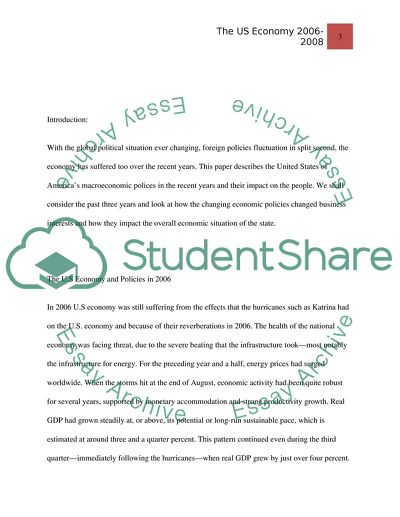Cite this document
(The Review of the US Macroeconomic Policy Research Paper, n.d.)
The Review of the US Macroeconomic Policy Research Paper. Retrieved from https://studentshare.org/macro-microeconomics/1553879-a-discussion-of-macroeconomic-policies-used-by-the-usa-government-over-the-past-three-years-their-impact-on-the-usa-economy-and-how-successful-these-policies-have-been
The Review of the US Macroeconomic Policy Research Paper. Retrieved from https://studentshare.org/macro-microeconomics/1553879-a-discussion-of-macroeconomic-policies-used-by-the-usa-government-over-the-past-three-years-their-impact-on-the-usa-economy-and-how-successful-these-policies-have-been
(The Review of the US Macroeconomic Policy Research Paper)
The Review of the US Macroeconomic Policy Research Paper. https://studentshare.org/macro-microeconomics/1553879-a-discussion-of-macroeconomic-policies-used-by-the-usa-government-over-the-past-three-years-their-impact-on-the-usa-economy-and-how-successful-these-policies-have-been.
The Review of the US Macroeconomic Policy Research Paper. https://studentshare.org/macro-microeconomics/1553879-a-discussion-of-macroeconomic-policies-used-by-the-usa-government-over-the-past-three-years-their-impact-on-the-usa-economy-and-how-successful-these-policies-have-been.
“The Review of the US Macroeconomic Policy Research Paper”. https://studentshare.org/macro-microeconomics/1553879-a-discussion-of-macroeconomic-policies-used-by-the-usa-government-over-the-past-three-years-their-impact-on-the-usa-economy-and-how-successful-these-policies-have-been.


